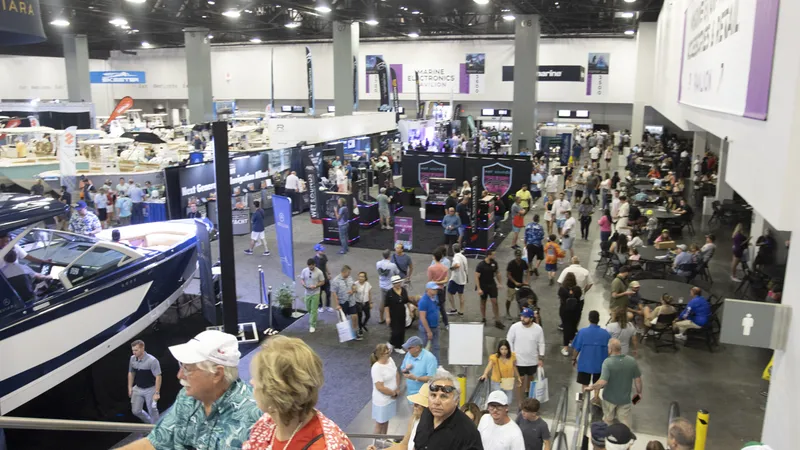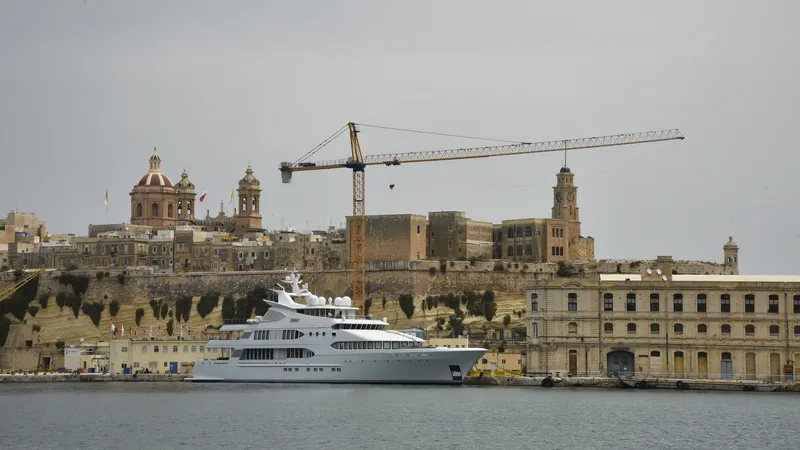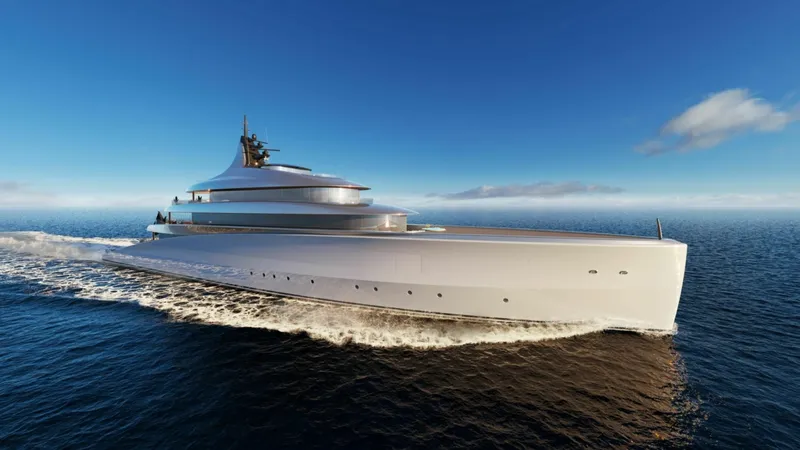Environment
Creating an environmentally friendly superyacht involves adopting sustainable practices and utilizing technologies that minimize the environmental impact of yacht operations. Here are several ways a superyacht can be more environmentally friendly:
- Efficient Propulsion Systems:
- Invest in energy-efficient propulsion systems, such as hybrid or electric engines, to reduce fuel consumption and emissions.
- Renewable Energy Sources:
- Integrate solar panels, wind turbines, or other renewable energy sources to generate electricity on board, reducing reliance on traditional power sources.
- Advanced Hull Design:
- Utilize advanced hull designs and materials to enhance hydrodynamics, improving fuel efficiency and reducing drag.
- Energy-Efficient Systems:
- Install energy-efficient lighting, HVAC (heating, ventilation, and air conditioning), and other onboard systems to minimize energy consumption.
- Waste Management:
- Implement effective waste management practices, including recycling and waste reduction strategies, to minimize the environmental impact of waste disposal.
- Graywater Treatment:
- Install advanced graywater treatment systems to purify and recycle wastewater, reducing the environmental impact on marine ecosystems.
- Low-Impact Paints and Coatings:
- Use environmentally friendly and low-impact paints and coatings that reduce the release of harmful substances into the water.
- Fuel Efficiency:
- Optimize cruising speeds and routes to enhance fuel efficiency and reduce carbon emissions during voyages.
- Eco-Friendly Materials:
- Choose sustainable and eco-friendly materials for interior and exterior design, considering the environmental impact of production and disposal.
- Underwater Noise Reduction:
- Employ technologies to reduce underwater noise, minimizing the impact on marine life and ecosystems.
- Environmental Certification:
- Seek environmental certifications, such as the International Maritime Organization's (IMO) Green Passport or certifications from environmental organizations, to demonstrate commitment to sustainability.
- Community Engagement:
- Engage with local communities during yacht visits, promoting responsible tourism and contributing positively to local economies.
- Educational Programs:
- Implement educational programs for crew and guests, raising awareness about environmental conservation and encouraging sustainable practices.
- Biodiversity Conservation:
- Implement measures to protect marine biodiversity, such as avoiding sensitive areas and adhering to guidelines for wildlife observation.
- Compliance with Regulations:
- Stay informed about and comply with international and local regulations governing environmental protection in maritime environments.
- Research and Development:
- Invest in research and development to explore innovative technologies and solutions for further reducing the environmental impact of superyacht operations.
By integrating these environmentally friendly practices, superyacht owners and operators can contribute to the conservation of marine ecosystems and promote sustainable yachting practices. Additionally, these initiatives can enhance the overall reputation and appeal of the yacht in a world increasingly focused on environmental stewardship.
How superyacht owners can minimize their environmental impact
Superyacht owners can adopt various practices to minimize their environmental impact and promote eco-friendly behaviours. Here are several ways in which superyacht owners can contribute to environmental sustainability:
Energy Efficiency:
- Hybrid and Efficient Engines: Consider using hybrid or fuel-efficient propulsion systems to reduce fuel consumption and emissions.
- Renewable Energy: Explore the integration of renewable energy sources, such as solar panels or wind turbines, to generate clean power on board.
Waste Reduction:
- Waste Management Plan: Implement a comprehensive waste management plan to minimize the generation of waste and ensure proper disposal or recycling.
- Reusable and Eco-friendly Products: Opt for reusable and environmentally friendly products on board to reduce single-use plastics and other disposable items.
Water Conservation:
- Water Treatment Systems: Install advanced water treatment systems to recycle and purify water on board.
- Educate Crew and Guests: Encourage water conservation practices among crew and guests, such as limiting shower times and reusing towels.
Eco-Friendly Products:
- Cleaning Supplies: Use environmentally friendly cleaning products and ensure proper disposal of cleaning waste.
- Supplies and Provisions: Source sustainable and locally produced supplies and provisions to reduce the carbon footprint associated with transportation.
Marine Life Protection:
- Underwater Lighting: Use eco-friendly underwater lighting to minimize disturbance to marine life.
- Avoid Anchoring on Coral Reefs: Follow guidelines to avoid anchoring on coral reefs and other sensitive marine environments.
Community Engagement:
- Support Local Communities: Contribute to the local communities in the areas visited, promoting sustainable tourism and cultural preservation.
- Environmental Awareness: Raise awareness among crew and guests about the importance of marine conservation and environmental stewardship.
Compliance with Regulations:
- Environmental Regulations: Stay informed and comply with international and local environmental regulations related to superyacht operations.
- Emission Reduction Technologies: Explore technologies and systems that help reduce emissions and air pollutants.
Scientific Research and Monitoring:
- Participate in Research Programs: Collaborate with marine research institutions or contribute to scientific research programs focused on ocean conservation.
- Monitoring Systems: Install monitoring systems to track fuel efficiency, emissions, and other environmental indicators.
Education and Training:
- Crew Training: Provide training for the crew on environmentally friendly practices and procedures.
- Guest Education: Share information with guests about the yacht's sustainability initiatives and encourage them to participate.
Offsetting Carbon Footprint:
- Carbon Offsetting Programs: Consider participating in carbon offsetting programs to compensate for the yacht's carbon footprint through investments in environmental projects.
By incorporating these practices, superyacht owners can demonstrate a commitment to environmental responsibility and contribute to the preservation of marine ecosystems. Additionally, staying informed about advancements in sustainable technologies and practices is crucial for continuously improving environmental performance.

THE IMPACT OF SUPERYACHTS ON THE ENVIRONMENT
"The world's super-richest individuals release more than 8 million tons of carbon from their superyachts each year."





